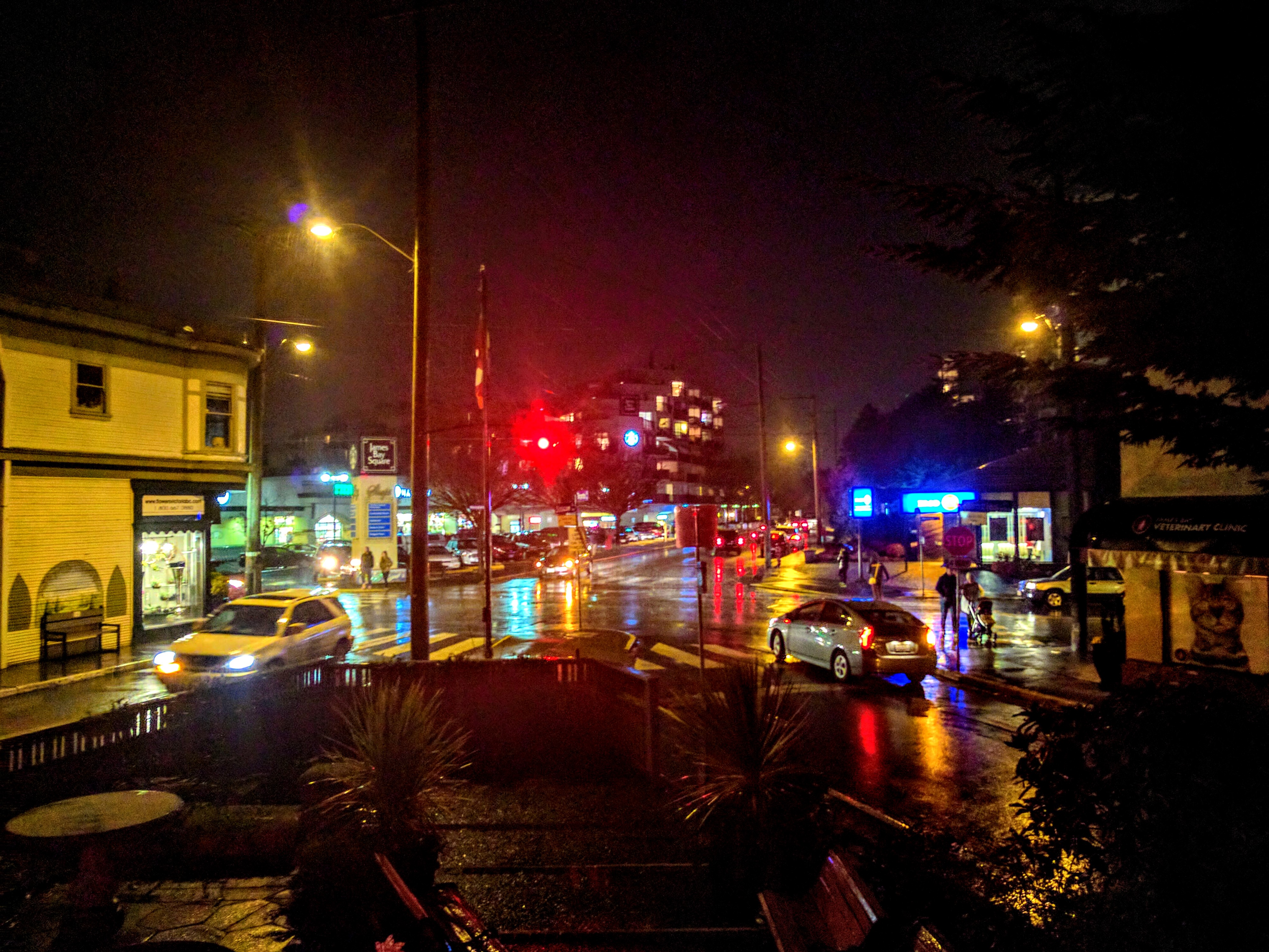Daylight Savings, Driving, and the Risk of Pedestrian Collisions
According to a report released last November, the most fatal pedestrian collisions in British Columbia occurred in Vancouver and Surrey.
Data from the BC Coroners Service last November showed five Lower Mainland communities—Vancouver, Surrey, Abbotsford, Richmond and Burnaby—top the list when it comes to the number of pedestrian deaths in BC. Kelowna was next on the list. Statistics from last year’s Coroner’s Service report also showed that there were more than twice the average number of deaths in October 2016 than any October for the previous past six years.
According to the Coroner’s Service, the month with the highest average number of deaths was January (7.4 deaths per 100,000 people across BC), followed by November (7.2). December is the third-most dangerous month for pedestrian collisions at 6.3 deaths per 100,000.
And that’s just fatalities. Vancouver is also the location of 70 per cent of pedestrian injuries in motor vehicle collisions, according to ICBC. At least 2,300 pedestrians will be injured as a result of a motor vehicle collision in Vancouver alone each year. And many of these injuries will occur in the next three months.
The dark winter months in British Columbia dramatically impact visibility on Vancouver’s roadways. And one of the most dangerous periods for pedestrian collisions is almost upon us–when Daylight Savings ends on Sunday, November 5.
Fall Time Change Increase Pedestrian Fatalities by Three Times?
At 2 a.m. local time on Sunday, November 5, our clocks will officially roll back to 1 a.m. This means we will all get an extra hour in bed on Sunday morning, which is nice to consider. However, research indicates that even a relatively small 60-minute time change can have effects on the body, health and even traffic safety.
A study by researchers at Carnegie Mellon University in Pittsburgh in found that the time switch each fall seems to increase the number of pedestrians killed by vehicles. The researchers found that people walking during rush hour during the month of November, after the clocks “fall back” to standard time, were more than three times as likely to be fatally struck by cars than before the change.
According to the research, the time of day mattered: there was no significant difference in pedestrian collisions at noon, but number rose around 6 p.m. after clocks had been moved back an hour.
It seems safe to say that dark conditions during evening rush hour following the time change affected pedestrian visibility, increasing the likelihood of getting hit by a car while crossing the street.
How Pedestrians Can Keep Safe During Vancouver’s Dark Winter Months
Unfortunately, municipal engineering departments can be slow to find ways to keep pedestrians safer.
Extra precautions pedestrians can take when running in the winter:
1) Make sure you can be seen
When you’re travelling as a pedestrian, it’s important to be visible to drivers, especially this time of year when the sun goes down early. Wearing bright colours and reflective clothing will make it easier for drivers to see you.
2) Take responsibility for your safety
Be aware that motorists will likely not be able to see you, and be proactive about keeping safe:
- Be extra cautious when crossing the street during bad weather in case drivers have difficulty stopping.
- If there is no sidewalk, walk facing the traffic (not with your back to traffic).
- Avoid waiting on the very edge of the curb for your signal at an intersection. Wait as far away from the edge as reasonably possible.
3) Keep aware of your surroundings
Many pedestrians walk because it’s a chance to get some exercise and fresh air, and to have some free time. So, many of us like to put on headphones to listen to music and podcast. This can be dangerous in the dark winter months. The solution?
Avoid listening to music, talking on the phone, and texting while walking. You need to hear an be aware of what is going on around you. If you insist on listening to music, then listen with one ear only.
How Motorists Can Help Keep Pedestrians Safer During the Dark Winter Months
Many of us are “multi-modal”, and are pedestrians some of the time, and are motorists some of the time. Many of us need to drive to get to work or school. When we’re driving, we have the responsibility to keep the roads safe.
As motorists, we can do our part to make the roads safer:
1) Slow down
According to statistics from the City of Edmonton, a pedestrian’s chances of survival are only 45 per cent if hit by a vehicle going 50 kilometres per hour. The probability of the pedestrian being killed increases to 85 per cent if the vehicle is travelling at 60 km/h.
At 40 km/h, according to the report, 25 per cent of pedestrians will be killed in a collision.
2) Plan your trip
Since we know where Vancouver’s most dangerous intersections are, before driving to and from work, spend a moment thinking about where you are likely to encounter pedestrians. Next, make a plan about how you will look out for them. Route planning means safer driving.
3) Reduce distractions when driving
It’s been proven that distracted driving deaths outpacing impaired driving deaths. So, using your cellphone or even drinking a coffee during your commute may put pedestrians at risk. And distracted driving could be costly: officers handed out nearly 2,000 tickets in September to drivers caught using an electronic device in Vancouver as part of a month-long campaign.
For More Information
If you have questions about ICBC and pedestrian injuries, please contact Spraggs Law for a free, no-obligation consultation.
Please note: This article does not contain legal advice. If you would like advice on your specific situation, please contact Spraggs Law.
